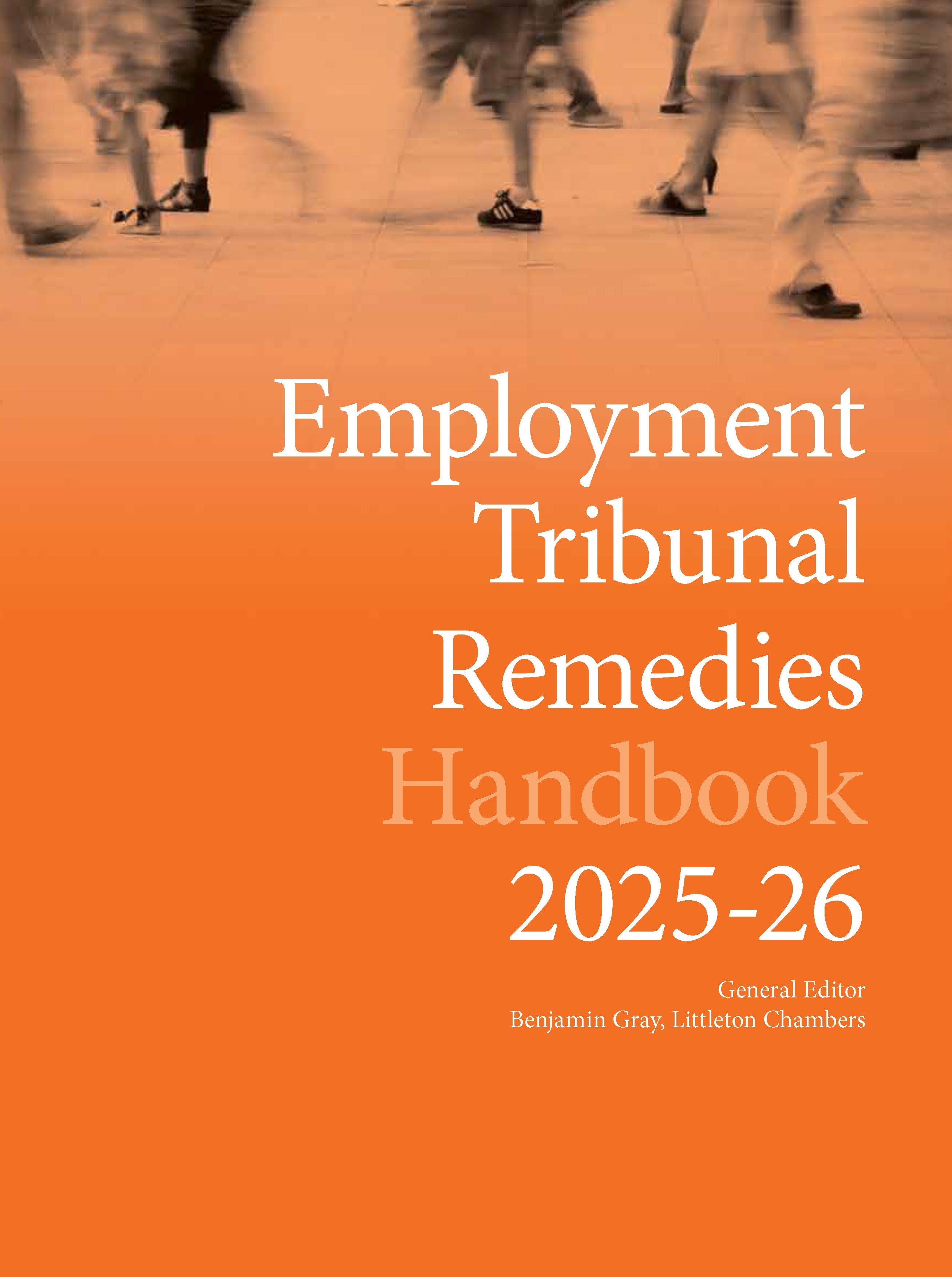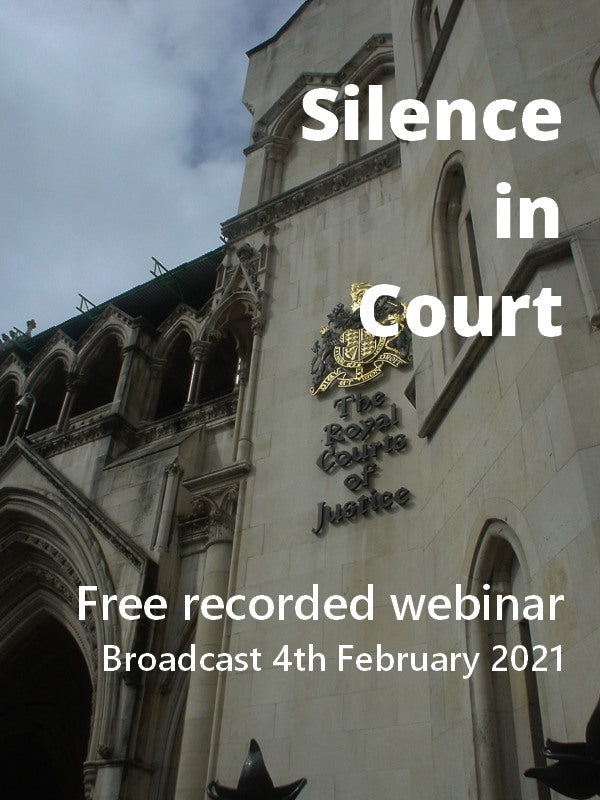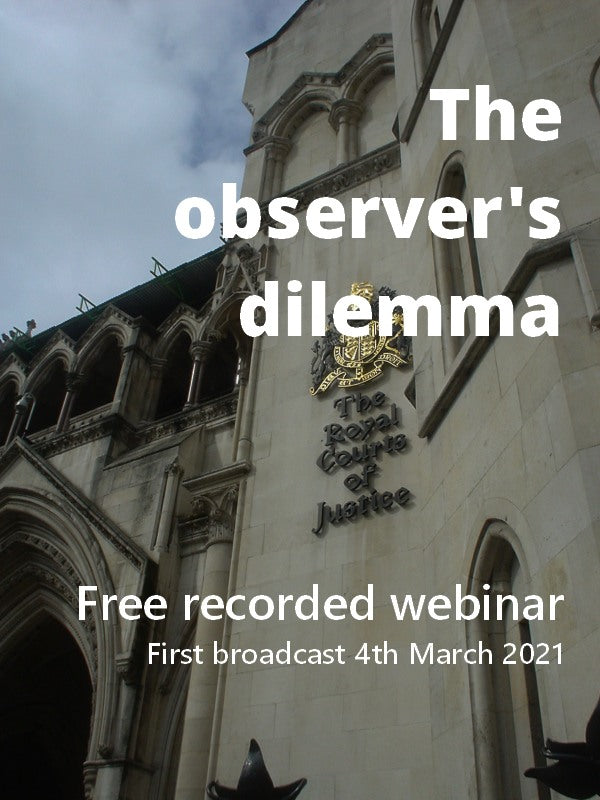This blog post is one of a series of extracts from Insolvency Law Made Clear: A Guide for Debtors, the plain English, practical guidance for anyone facing demands over a debt they are struggling to pay.
-------------
A statutory demand is a formal request for money. There is an example of a statutory demand at the end of this chapter. A statutory demand must satisfy the rules in r10.1 of the Insolvency Rules 2016. There are templates which are frequently used; they are also routinely used incorrectly.
The rules which are most often broken are:
• r10.1(1)(c): The demand must state the name and address of the creditor. A statutory demand should use the creditor’s name and address, rather than the name and address of the representative of the creditor (for example, their solicitor). This may sound obvious, but it is often mistaken.
• r10.1(1)(l): The demand must name the court to which, according to the present information, the debtor must make an application to set aside the demand (i.e. the High Court, the County Court at Central London or a named hearing centre of the County Court as the case may be). Demands often name the wrong court. The correct court is typically the nearest hearing centre to the debtor, but see Paragraph 4.6.1 below.
• r10.1(7): If a statutory demand includes additional charges such as overdue fees, or interest, then the demand must be clear about what was the initial debt and what was the subsequent debt. Frequently statutory demands bundle the sum together into one single amount. This is incorrect.
• r10.1(8): The amount claimed for such charges must be limited to that which has accrued at the date of the demand. It is incorrect to include expected future charges.
• r10.1(10): Where the statutory demand is to be served outside of England and Wales, different time limits apply. The statutory demand must be amended to show the correct time limits. For details, see Box 12 on page 49.
If the statutory demand does not comply with these rules, it is ‘defective’. The implication of a defective statutory demand is discussed in Paragraph 4.6.2 in the context of when the court will set aside the statutory demand. A statutory demand is not itself a court document and so there is no form creditors must use. Any document can be a statutory demand, provided the Insolvency Rules at r10.1 are satisfied. It is quick to prepare a statutory demand since it does not require involvement from the court. There are no statistics on how many statutory demands are made because it is, at least initially, a private matter between the creditor and the debtor.
-------------
Read more and buy the book here.

























